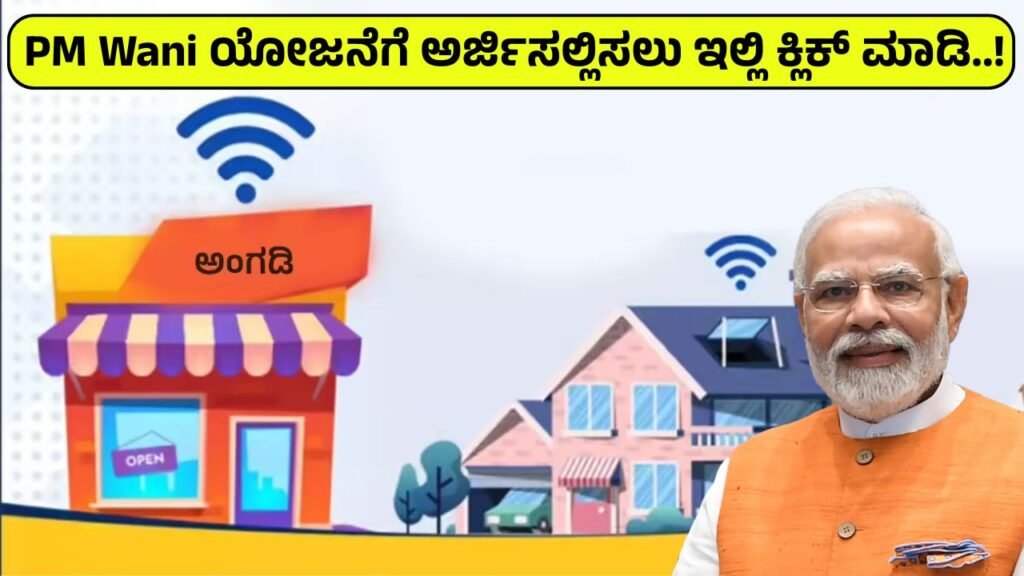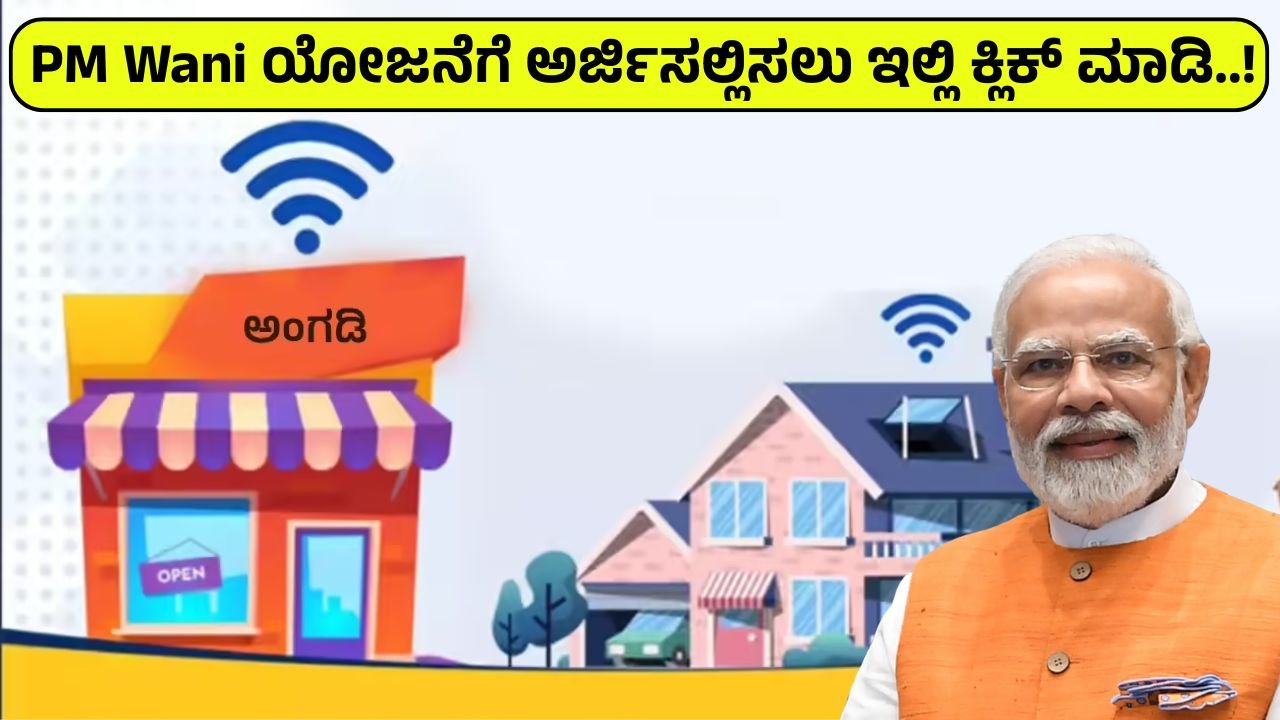Introduction
India’s government has launched multiple public Wi‑Fi schemes to achieve the Digital India vision by bridging the digital divide—especially in remote, rural, and underserved areas. Two core initiatives in this space are the BharatNet (broadband-backbone) project and the PM‑WANI (Prime Minister Wi‑Fi Access Network Interface) public Wi‑Fi framework. Together, they aim to bring affordable connectivity to all citizens.

BharatNet – National Optical Fibre Backbone
The BharatNet initiative, managed by Bharat Broadband Network Limited (BBNL) under the Ministry of Communications, is the world’s largest rural broadband infrastructure project. Started in 2012, the aim is to connect all ~250,000 Gram Panchayats and nearly 625,000 villages with high-speed fibre, targeting at least 100 Mbps in Phase I and Phase II
By December 2024, over 6.92 lakh km of optical fibre had been deployed, with around 2.14 lakh Gram Panchayats already service-ready and over 12 lakh FTTH connections installed in rural households and public institutions like schools and primary health centres
Under this scheme, rural fibre rollout is supported by local entrepreneurs (“Udyami” model), enabling last-mile subscriber-level broadband access, sometimes free of cost for eligible public institutions and subsidized for rural households
PM‑WANI – Public Wi‑Fi at Local Level
Launched in December 2020 by the Department of Telecommunications (DoT), PM‑WANI is a deregulated ecosystem designed to proliferate public Wi‑Fi hotspots via small local businesses or individuals called Public Data Offices (PDOs) yojananirman.com+8bharatwaniwifi.com+8Vajiram & Ravi+8.
Key components of PM‑WANI include:
- Public Data Offices (PDOs): Local entrepreneurs (e.g. grocery stores, tea stalls, shops) set up WANI-compliant Wi‑Fi hotspots without licensing or registration fees.
- Public Data Office Aggregators (PDOAs): Registered companies providing authentication, authorization, and accounting services.
- App Providers: Mobile apps through which users discover and connect to nearby PDO hotspots.
- Central Registry: Maintained by C‑DoT to list PDOs, PDOAs, and App Providers
By November 2022, over 130,000 hotspots were live, supported by 136 PDOAs and 83 app providers. However, deployment has lagged behind targets: while the government aimed for 10 million hotspots by end‑2022 and 50 million by 2030, only about 280,000 had been created as of early 2025, with nearly half concentrated in Delhi
Benefits of These Schemes
- Digital inclusion: Affordable, pay-per-use Wi‑Fi helps people access government services, education, healthcare, banking, and e‑learning—benefiting underserved rural and urban populations
- Economic opportunities: Village entrepreneurs can earn income by becoming PDOs, retaining ~80 % of recharge revenue, while PDOAs and app providers take the rest KeralaTelecom.Info+9yojananirman.com+9सरकारी योजना+9.
- Public service access: BharatNet connects public institutions like schools and health centres to broadband free of cost or under subsidized models, strengthening public service delivery
- Nation-building: These schemes align with Digital India, Make in India, and National Broadband Mission to lift India’s digital infrastructure and literacy
Challenges and Limitations
- Slow rollout: PM‑WANI has struggled with limited deployment and adoption. Factors include low awareness, insufficient incentives, and competition from cheap mobile data plans
- Tariff conflicts: Telecom operators have resisted providing bandwidth to PDOs at low regulated rates, citing competitive concerns. TRAI has proposed cap restrictions but deployment challenges remain
- Security concerns: Public free Wi‑Fi networks are vulnerable to cyber threats and data breaches. The framework mandates PDOAs to secure user data for one year, raising privacy issues with respect to the Right to be Forgotten
- Public awareness: Many target users—especially rural—are unaware of free or low‑cost Wi‑Fi options. Education and outreach remain limited
Recent Developments (2024–2025)
- The government cleared ₹1.39 lakh crore in August 2023 to modernize BharatNet and speed up last‑mile fibre rollout, leveraging the Udyami/entrepreneur model to directly reach households
- In Haryana, BSNL installed over 31,700 FTTH connections in Gram Panchayats by the end of 2024, providing free internet connections (10 per panchayat, for two years) funded jointly by Centre and State, strengthening governance and rural services
Conclusion
The government’s free/public Wi‑Fi schemes, embodied by BharatNet and PM‑WANI, are ambitious efforts to democratize internet access across India. While BharatNet has made substantial progress connecting rural institutions and households, the PM‑WANI public hotspot network still faces scaling challenges. To fulfill the promise of digital inclusion, the government needs to incentivize PDOs, ease bandwidth access, conduct cybersecurity awareness, and continue expanding infrastructure. Together, these initiatives have the potential to transform India’s digital landscape by providing affordable connectivity, business opportunities, and inclusive access to services—crucial components of a digitally empowered society.
